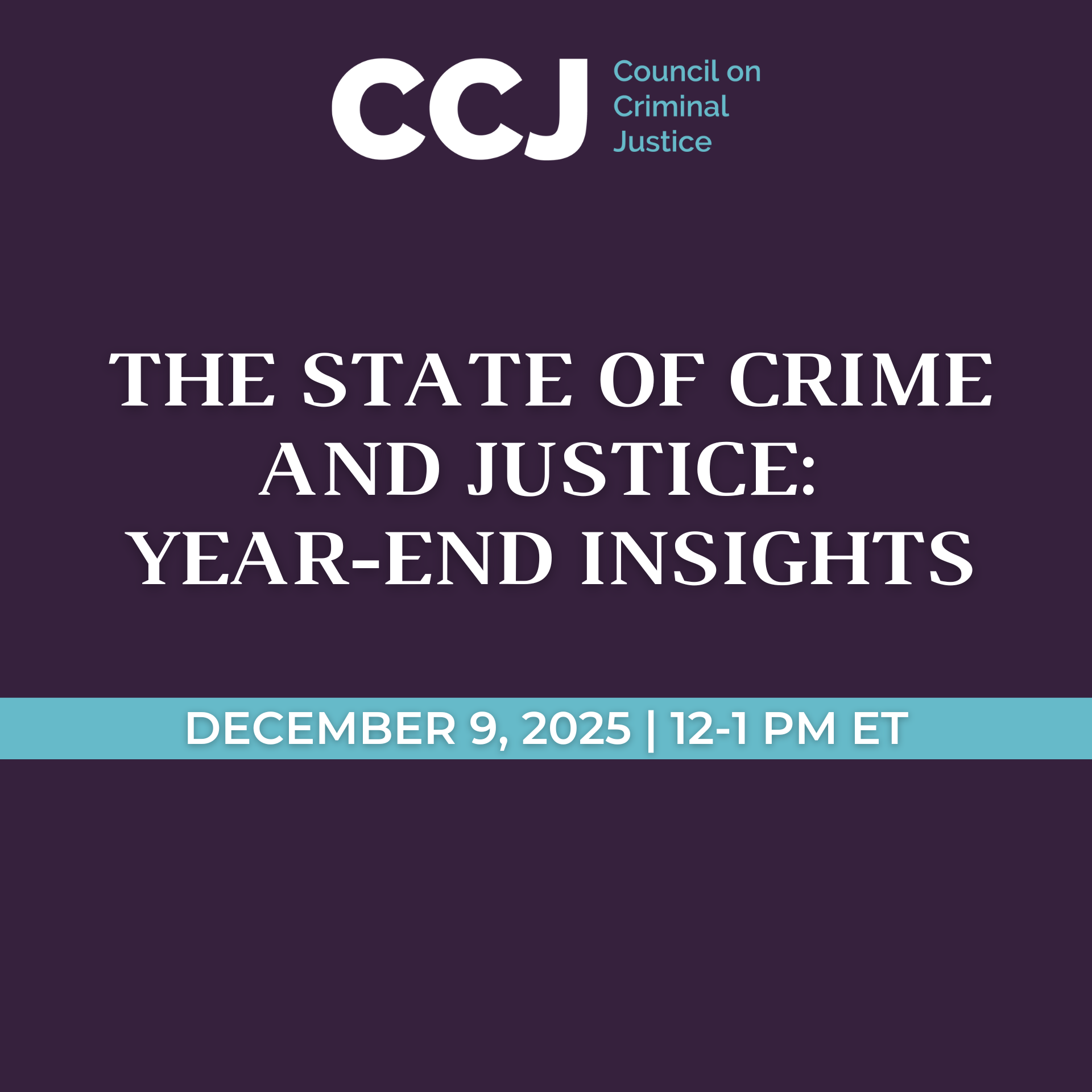Pandemic, Social Unrest, and Crime in U.S. Cities: March 2021 Update
This report examines changes in crime rates in 34 American cities since the start of the COVID-19 pandemic in 2020, with a special emphasis on homicide and other violent crimes. The current study updates previous studies by the authors with additional data through March 2021. The study was conducted by criminologist and Professor Emeritus Richard Rosenfeld and Ernesto Lopez of the University of Missouri – St. Louis and Thomas Abt, Commission Director and Council on Criminal Justice Senior Fellow.
Methodology
This study examines monthly crime rates for ten violent, property, and drug offenses in 34 U.S. cities. Not all cities reported monthly data for each crime. The largest city in the sample is New York, with 8.42 million residents. The smallest is Norfolk, Virginia, with 245,000 residents. The crime data were obtained from the online portals of city police departments. The data are subject to revision, and offense classifications varied somewhat across the cities.
Findings
- During the first quarter of 2021, homicide rates declined from their peak in the summer of 2020, but remained above levels in the first quarter of prior years. The number of homicides rose by 24% compared to the first quarter of 2020 (an increase of 193 homicides) and by 49% compared to the first quarter of 2019 (an increase of 324 homicides).
- Despite recent increases, the 2020 year-end homicide rate in the study sample was just over half what it was for those cities 25 years ago (11.4 deaths per 100,000 residents in those cities versus 19.4 per 100,000 in 1995).
- Aggravated and gun assault rates were also higher in the first quarter of 2021 than in the same period of 2020. Aggravated assault rates increased 7%, while gun assault rates went up by 22%.
- Domestic violence did not increase in the first quarter of 2021 over the first quarter of 2020. This result is based on just 11 of the 32 cities and should be viewed with caution.
- In response to elevated rates of homicide, the authors conclude that urgent action is required. As the pandemic subsides, pursuing crime-control strategies of proven effectiveness and enacting needed policing reforms will be essential to achieving prompt yet durable reductions in violent crime in our cities.



